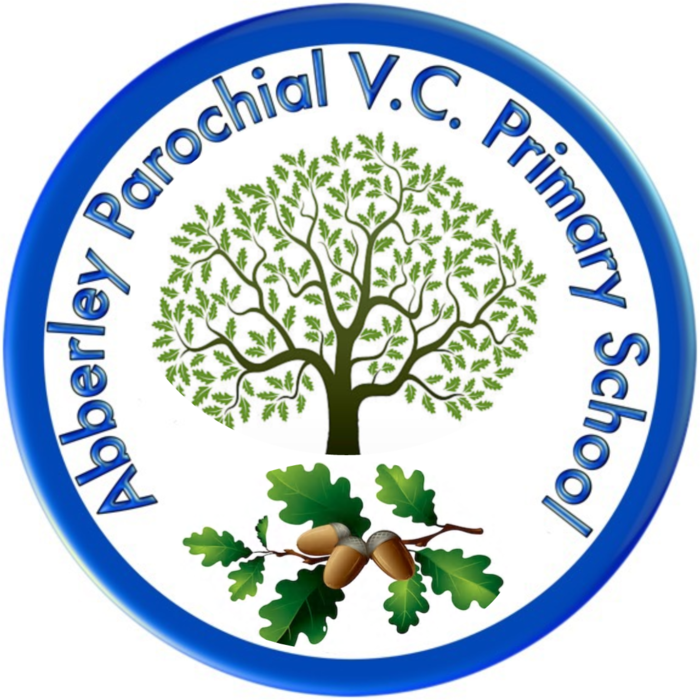Friday 22nd May
Hello Wrens
As it's the last day before the half term break and to celebrate the lovely weather we have some summer based English and Maths activities for you today. First though we are going to be starting with RE. I hope you have been enjoying the stories from different religions this week.
R.E.
Our stories today come from the Sikh religion. Their special holy book contains the teachings of Guru Nanak and is called Guru Granth Sahib. There are two stories on the link below - The story of The Milk and the Jasmine Flower and the story of Duni Chand and the Silver Needle.
Two stories from the Sikh religion
These stories teach us that good deeds are always important and worth more than gold or money.
Can you spot what links all of the stories we have listened to this week?
I think it is kindness and caring for others. Can you remember which of our school values is about showing kindness and looking after others?
Now I would like you to decide which was your favourite story from this week and draw a picture of it. Then you need to think about why you liked it and what you learnt from the story. If you are in Year 1 see if you can write a sentence to explain why you chose this story. If you are in Reception maybe you can tell your grownup and they can write it down for you.
English.
First of all we are going to start by finishing our bean stalk stories. Don't forget to send in a photograph of your story map and finished story. Mickey Thompson and Purvis can't wait to read them!
Here is the ending to Purvis and Mickey Thompson's story.
Then the giant gingerbread man took them to his house. It was a gingerbread house with different coloured smarties on the roof and a brown chocolate door. They had a cup of tea and some delicious cookies. Mickey Thompson ate six! Eventually it was time to go home. Mickey Thompson and Purvis climbed back down the bean stalk. They were very tired after all their amazing adventures.
Reception.
Attached below there is a new set of tricky words to learn. As before please print off the sheet to make your action word cards either on coloured paper or you can colour them in. Then you need to practise learning to read and write the words. We have given you lots of different ideas for this over the last few weeks. Here are a couple to get you started.
Speed read.
How many tricky words can you read in a minute? Start by learning the words with the actions showing and then ask your grownup to cover up the actions and see if you can read just the word.
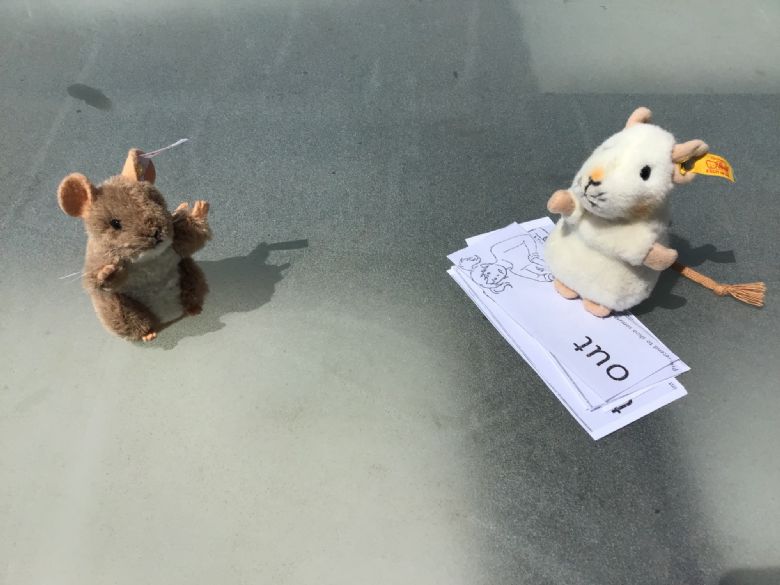
Creative writing.
What is the most creative way you can write your tricky words? Can you make a rainbow out of them or a collage or write them outside? We would love to see some photos of your ideas.
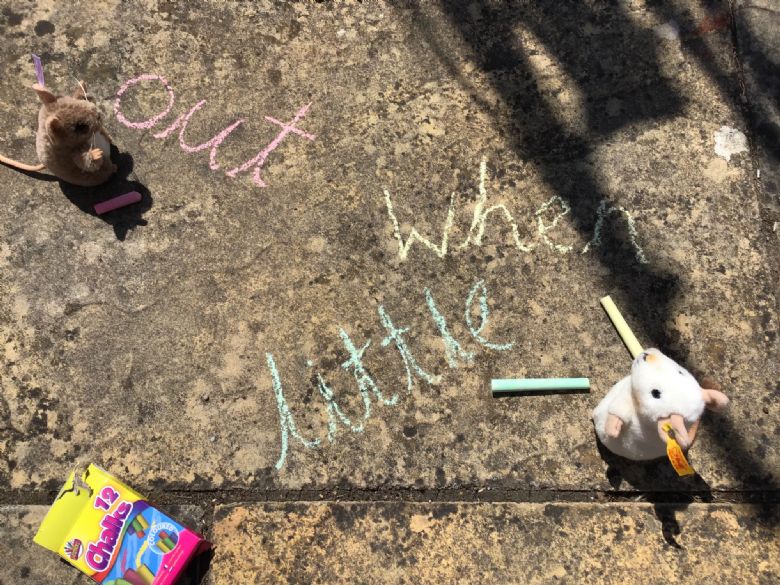
Year 1.
Attached below there are some summer phonics mosaics using your phase 5 sounds. Can you complete the pictures using your phonics knowledge?
Parents - there are a number of different sheets using different phase 5 sounds. Please be careful when you print them off so you don't print the answers as well as it will use a lot of ink!
Maths.
Reception.
Yesterday we learnt about splitting 1 object into 2 equal pieces. We call each piece a half.
We can also find half of a number. If we can split a number of objects into 2 equal groups we can call each group half.
For example Mickey Thompson and Purivs have 6 marshmallows. They want to split them into 2 equal groups.
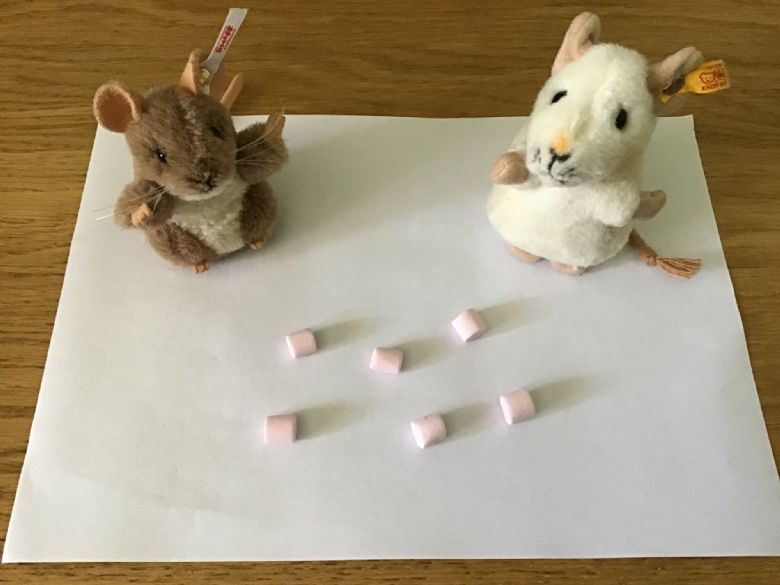
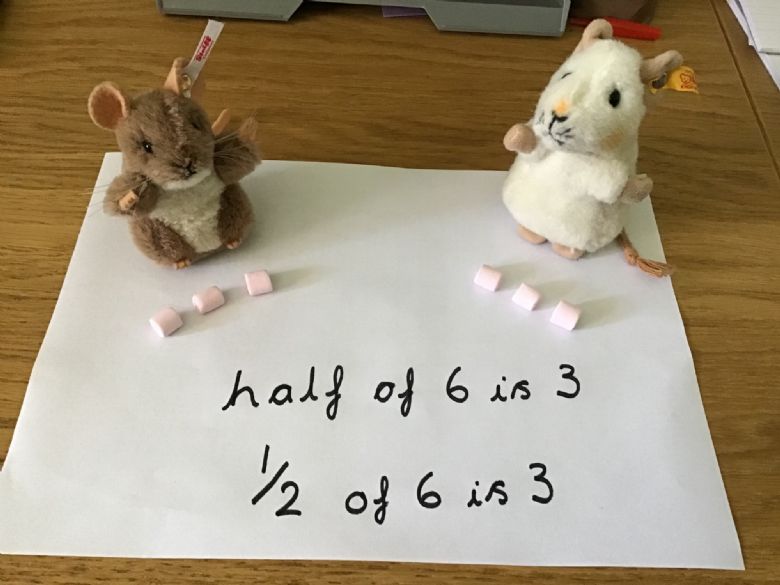
They will each have 3 marshmallows.
We can say half of 6 is 3. 1/2 of 6 = 3.
Now Mickey Thompson and Puvis have 8 counters. Can you split them into 2 equal groups and work out what half of 8 is?
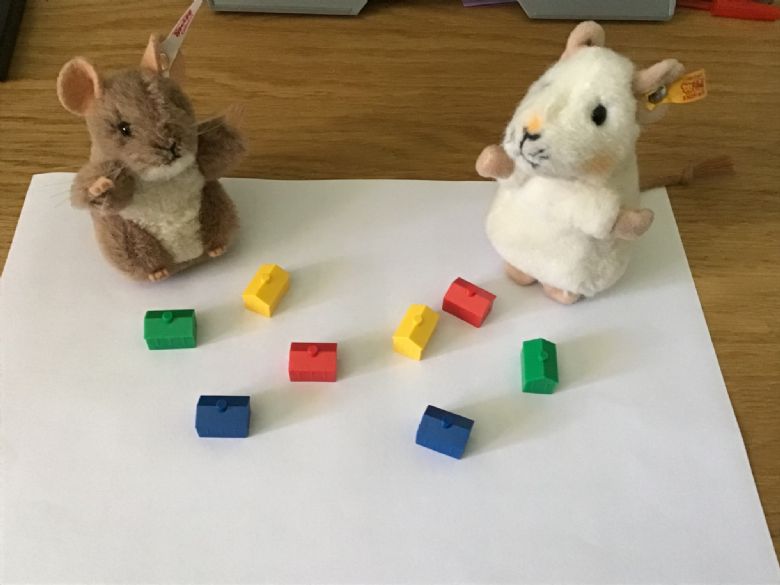
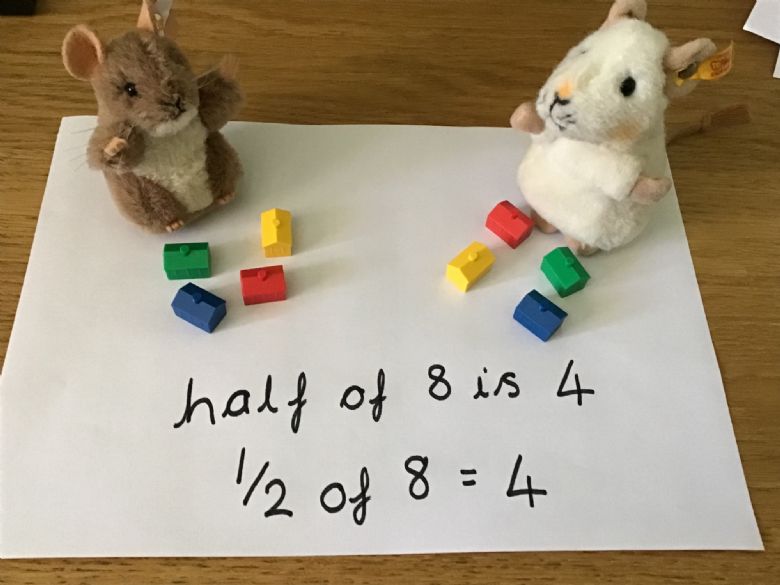
Half of 8 is 4. 1/2 of 8 = 4.
Now have a go at the activities attached below to practise what we have learnt about halves. Remember to make half we must have 2 groups and each group must be equal.
Parents - this activity is similar to what we did earlier in the week when sharing into 2 groups. It is just the mathematical language we use that is different.
Activity 1 - interactive parrot powerpoint game.
Activity 2 - cut and sticking sandcastle activity. There are two sheets for this.
Activity 3 - halving the number of bees activity.
Year 1.
How did you get on with using grouping to work out your division number sentences yesterday?
Did you spot the link with the work we did on multiplication we did last week?
When we are dividing, we start with a big number number and divide it into groups.
For example 6 ÷ 2 = 3. 6 can be shared into 3 groups of 2.
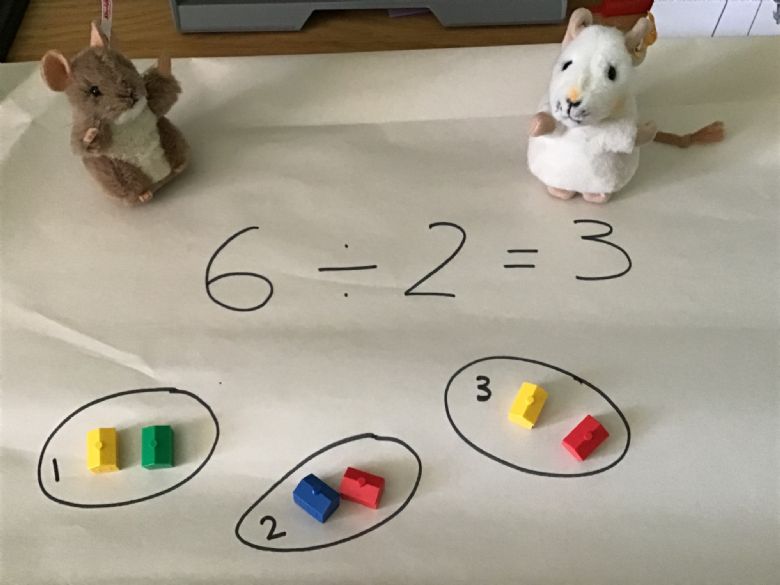
When we are multiplying we start with the groups and put them together.
For example 3 x 2 = 6. 3 groups of 2 equals 6.
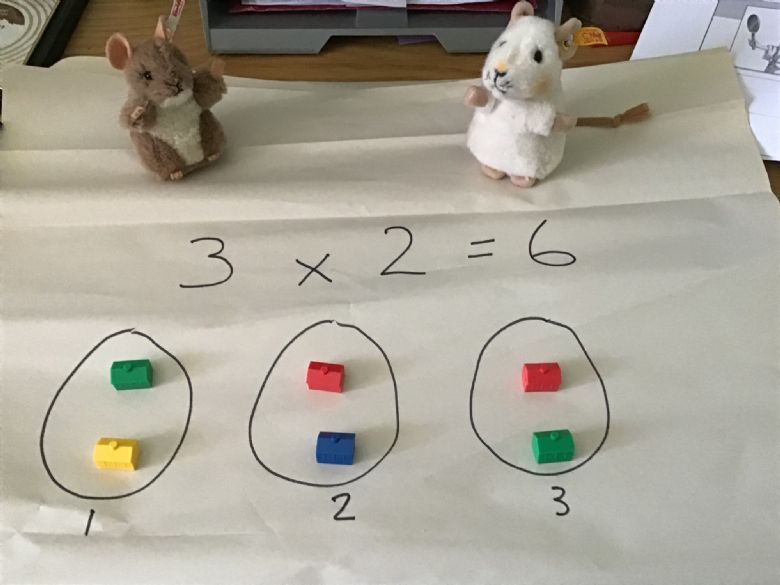
Multiplication and Division do the opposite of each other. The mathematical word for this is inverse.
Have a go at the activity pack below to practise the multiplication and division skills you have learnt over the last couple weeks.
Parents - there is only one pack but it contains a number of different activities looking at the work we have done on multiplication and division. You may find it easier to work on it in sections rather than complete it all in one go. Please be aware that the answers are included at the end when you print it out.
Mickey Thompson and Purvis are a bit exhausted from all the work they have been doing so they decided to sit in the garden and listen to one of their favourite stories about a giant. We hope you enjoy it too.
Have a lovely half term.
Mrs Lightfoot (and Purvis and Mickey Thompson)
